D is for Panic
By Wendy Fontaine
My fist is full of blueberries when the screaming starts. Shrill and insistent, her cries blow through the apartment like a bitter wind, filling one room and then another, pulling the oxygen from my lungs, knocking the fruit from my hands. The blender whirrs, grating and angry, while small blue gems scatter across the floor. In an instant, everything disappears: the smoothie, the blender, even the kitchen itself, until there is only me and her and the screaming.
All children cry but this time is different. This time something is wrong. I feel it in my chest and on my skin; it rattles inside my bones. I run toward the noise, but the hallway stretches long and dark between us. At the far end, the bathroom door is closed, only a sliver of daylight shining between carpet and wood, between known and unknown, calm and chaos. Five leaping steps and I’m there, pushing the door, fingers smearing purple across ivory paint. Inside is my child, hunched on the toilet, Little Mermaid pajamas at her ankles, nose bleeding, mouth frozen inside that scream. The blood, so much blood, candy-apple red, staining her nostrils, tinting her baby teeth, teeth the size of aspirin tablets.
I cup her face, one plump cheek in each hand, and peer into the twin tunnels of her nose, narrow and short, no room for anything to fit inside. And yet, there is something - the yellow edge of a foam sticker, purchased at a strip-mall craft store, in alphabet shapes to foster creativity and early reading skills, wedged inside the right cavity, shoved high and then higher out of sheer curiosity, until it went too far, beyond reach.
This is when the visions begin, when my imagination runs away from me. I see myself hoisting her into my arms, rushing her to the car, weaving through traffic en route to the hospital; and her, gasping, lethargic, body going slack feverish on my trembling lap.
Back when she and I shared a body, I thought too much about all the things that could go wrong: an infection, a genetic mutation, a single cell dividing abnormally. I exercised, meditated, gave up coffee and took my vitamins, knowing that whatever was happening inside of me, inside of her, was largely beyond our control. At every doctor’s appointment, I braced for bad news. Thankfully, luckily, none came.
I brace myself still.
From her perch on the toilet, she sees my fear and howls, unleashing that scream, kicking loose those pajamas, sending another red rivulet down her quivering lips and chin. I do not think. I do not speak or plan or even breathe. My purple finger moves to her left nostril, presses against the tender skin. My voice tells her to blow, blow hard. For once she does as I ask and blows with all her might. Blood and snot burst from her nose, tears stream from her eyes, and out comes that yellow sticker, arching across the bathroom like a comet, landing on the wall - the letter D, folded in on itself, limp and lifeless, its damage done.
I read once that a baby’s cells live on inside the mother, in her heart and lungs and brain, their two bodies forever entwined. Those cells help the mother heal, help her make milk to feed the child or generate heat to keep them both warm. They make her body strong. Scientists call it fetal microchimerism, named after the Chimera, a Greek mythological monster who is part lion, goat and snake; who breathes fire and has children of her own.
The cries are soft now, my daughter’s and then mine. I sit on the floor, pull her onto my lap. Her face is wet; her legs, bare and warm. I feel her arms letting go. She feels mine holding on. As mothers, we know our children’s fear even better than we know our own. It lives in our bodies, pumps like blood from one organ to another, blending dread with joy, confidence with doubt. It is a monster with two heads.
I wipe the red smears from her face and drop the foam sticker into the trash. Beyond the door, a million miles away, the blender churns, its familiar buzz slowly coming back into focus.
—
About Wendy Fontaine
Fontaine's work has appeared in dozens of literary journals and magazines including Crab Orchard Review, Entropy, Hippocampus, Longridge Review, Readers Digest and River Teeth. She li ves in southern California and holds a master's degree in creative writing from Antioch University in Los Angeles. Find her on Twitter @wendymfontaine
